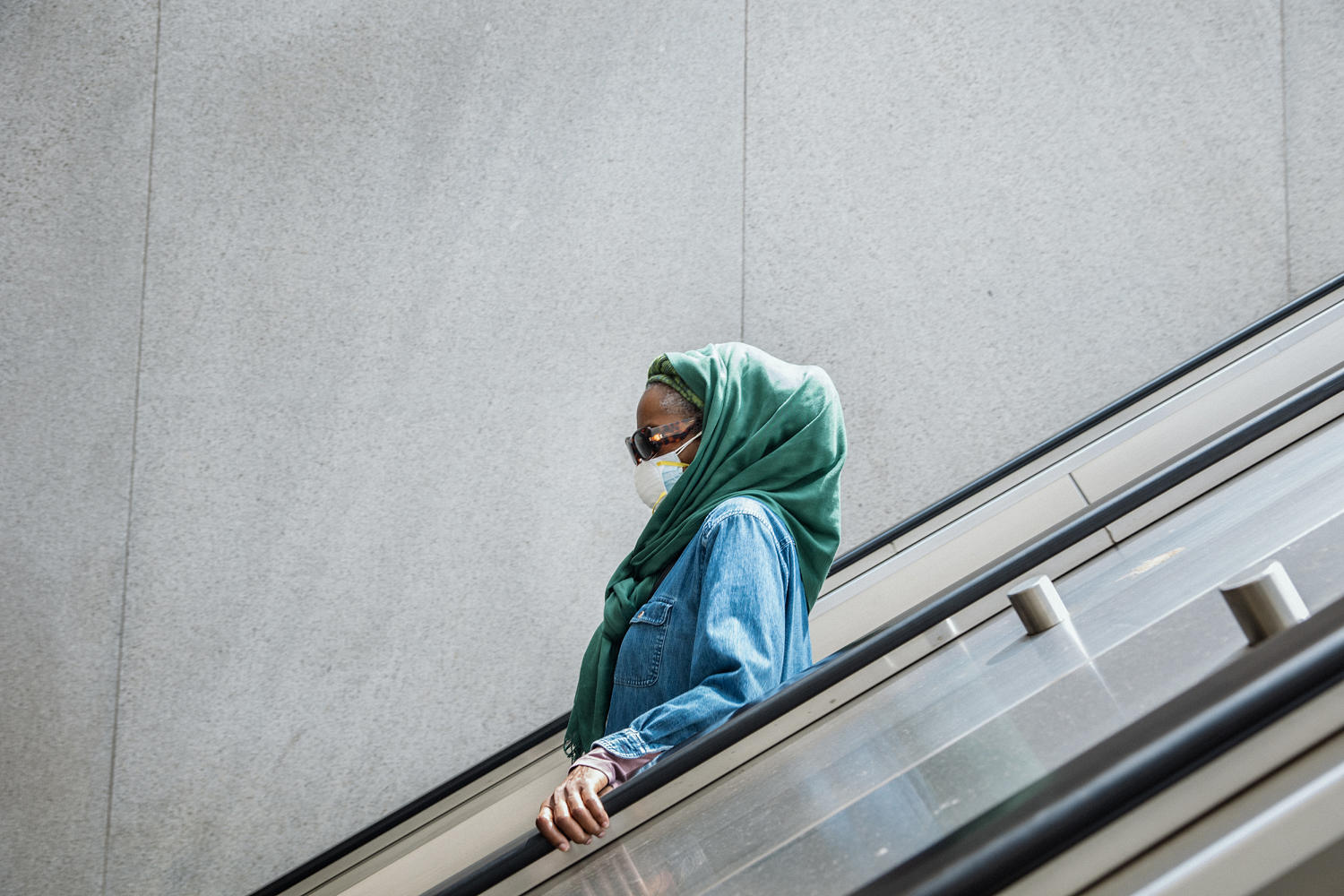
The U.S. is in what may end up being its biggest summer wave of Covid, with no end yet in sight.
“If you just talk about infections, this is probably going to end up becoming the largest summer wave we’ve had,” said Dr. Ashish Jha, dean of the Brown University School of Public Health and former White House Covid-19 response coordinator. “It’s still not as big as the winter waves, but it is starting to get close.”
It’s not only in the U.S. There’s been a worldwide surge in infections in recent weeks, Dr. Maria Van Kerkhove, technical lead for Covid at the World Health Organization, said in a briefing this week. The proportion of tests coming back positive for Covid in Europe is above 20%, with wastewater data suggesting case numbers may be two to 20 times higher than what’s being reported, Van Kerkhove said.
The best way to estimate how much virus the U.S. is coping with is wastewater data from the Centers for Disease Control and Prevention, because many people just test at home when they get sick, if they test at all.
Nationally, the CDC tracker lists levels of Covid as “high,” with the Western U.S., including Texas and California, showing some of the highest levels of virus. Eastern states, such Florida and North Carolina, are also reporting very high levels of virus in the community.
Wastewater can’t identify how many cases a day there are; coronavirus levels are much higher nationwide than they were this time last year.
This year’s summer wave also began earlier than last year’s, Jha said. Case numbers started rising in early June, compared with July and August 2023.
Jha expects this wave to peak in the next few weeks, with case numbers becoming much lower around September — about the time the updated Covid vaccines targeting the KP.2 strain, a descendant of the JN.1 variant, should be available.
The new vaccines should get final approval from the Food and Drug Administration in the coming weeks. At that point, the CDC will recommend who should be first in line for the shots.
Jha said that to protect against a winter surge, you should aim to get vaccinated in October at the earliest, although any time before Thanksgiving should be fine.
Andrew Pekosz, a virologist at Johns Hopkins Bloomberg School of Public Health, didn’t expect the summer waves to be so pronounced four years into Covid.
“I, and many other virologists, thought that we probably would see summer waves for maybe another one or two years, but we didn’t expect them to increase significantly,” he said. “We thought they would continue to just sort of be smaller and smaller as time went on, as we transition to what we hope is going to be just one winter surge of Covid cases per year.”
The latest CDC forecast has a mixture of variants currently in circulation including, KP.3, KP.3.1.1 and KP.2.3, descendants of the JN.1 version of the virus that was circulating earlier this year. Some scientists collectively refer to the variants as “FLiRT” — a reference to their genetic changes — and they are believed to be some of the most contagious yet.
The factors behind the current spread are most likely the more transmissible variants, combined with people’s spending more time indoors because of hot weather, he said.
“Besides that, there’s not much that we can sort of put our finger on to say this is what’s driving this summer surge,” Pekosz said.
For the most part, hospitalizations for Covid this year have remained lower than last year. In recent summer months, there has been a slight uptick, with levels higher than they were this time last year. Fortunately, deaths due to Covid remain the fewest they have ever been.
“We’re seeing people that are getting admitted and test positive for Covid, but the severe pulmonary complications of Covid-19 are extremely rare,” said Dr. Michael Phillips, chief hospital epidemiologist for NYU Langone Health in New York City. “Where we see the dramatic increase in numbers is people that are coming into our [emergency department] or people coming into our ambulatory sites who test positive and go home.”
The test positivity rate at NYU Langone Health, or the proportion of patients with symptoms who test positive for Covid, is 12%, a sixfold increase in just the last couple of months.
Last month it had 1,357 positive tests, over twice as many as in July 2023, when it had 562 positive tests. Just 12 of the Covid patients last month were admitted to the hospital for Covid-related illnesses.
“Our hospitalization rates are down, so even if we are testing and seeing more [Covid], it seems to be having less of an impact on our susceptible populations,” Phillips said.
Jha said that what happens this winter is impossible to predict but that there could be a silver lining to a large summer wave.
“A big summer wave tends to lead to a little bit of a smaller winter wave and vice versa, just because there’s a little bit more immunity in the population,” he said.

Post a Comment